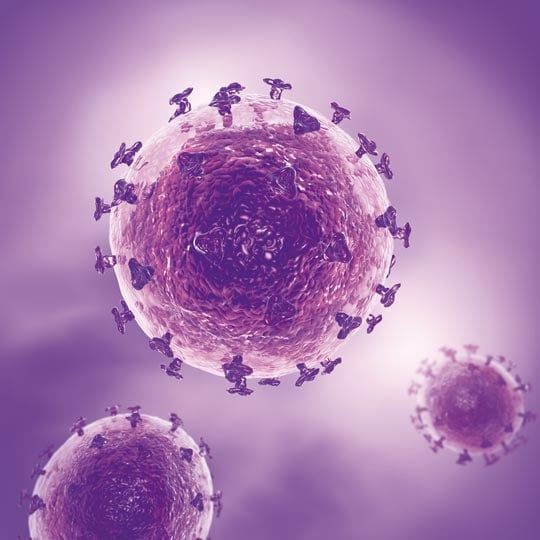HARTMANN SCIENCE CENTER

Hantaviruses constitute a family of enveloped viruses that includes several types of viruses named after geographical locations: Hantaan virus, Dobrava-Belgrade virus, Seoul virus, and others. While the hantavirus family is generally distributed worldwide, the various virus types exhibit regional differences in terms of their distribution. Hantaviruses are of importance as the causing pathogens of the haemorrhagic fever with renal syndrome.
After an incubation period of two to four weeks on average, high fever, chills, and headache may appear as the first symptoms. The presence of blood in the urine may subsequently occur as a further symptom. In a later stage of the infection, acute inflammation of the kidney may develop. In very rare cases, kidney failure can follow and lead to death.
A human-to-human transmission of European or Asian hantaviruses was not observed yet, therefore isolation of infected individuals is not necessary. The main path of transmission of hantaviruses is the contact with virus-containing material, e.g. rodent droppings. Hantaviruses occur naturally in various rodent species and enter the environment through animal excreta, droppings, and saliva. Inhalation of contaminated dusts or contact of contaminated excreta with injured skin are therefore typical transmission paths.
For disinfection, a disinfectant with virucidal activity against enveloped viruses should be used for both hand and surface disinfection.
» Necessary spectrum of antimicrobial activity
Virucidal against enveloped viruses
Click here to find products with activity against enveloped viruses.
Source:
Robert-Koch-Institute, RKI memorandum: hantavirus disease.
https://www.rki.de/DE/Content/Infekt/EpidBull/Merkblaetter/Ratgeber_Hantaviren.html
(accessed on 15.03.2023)
